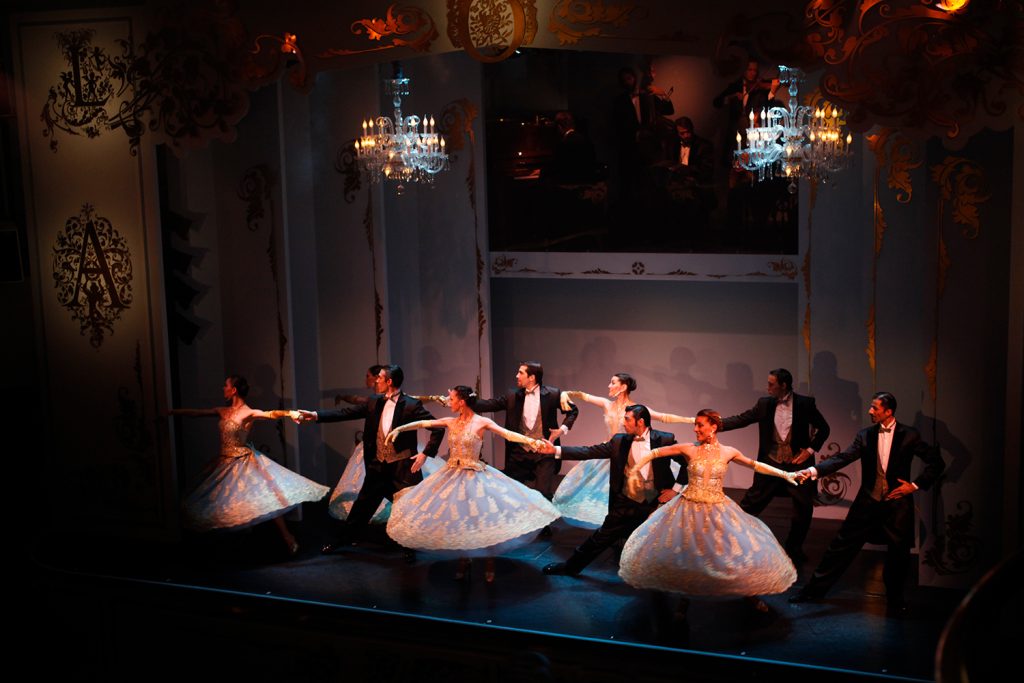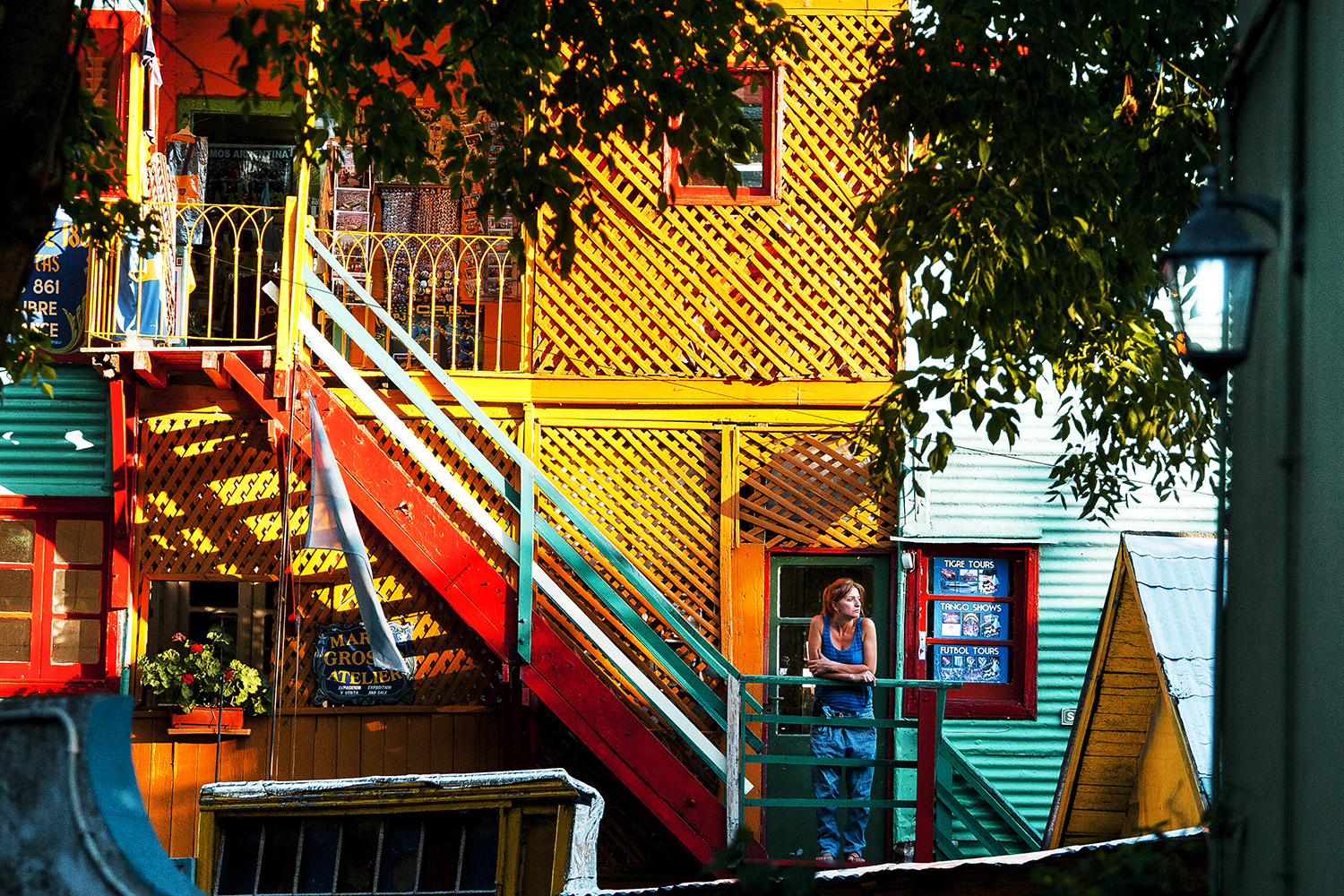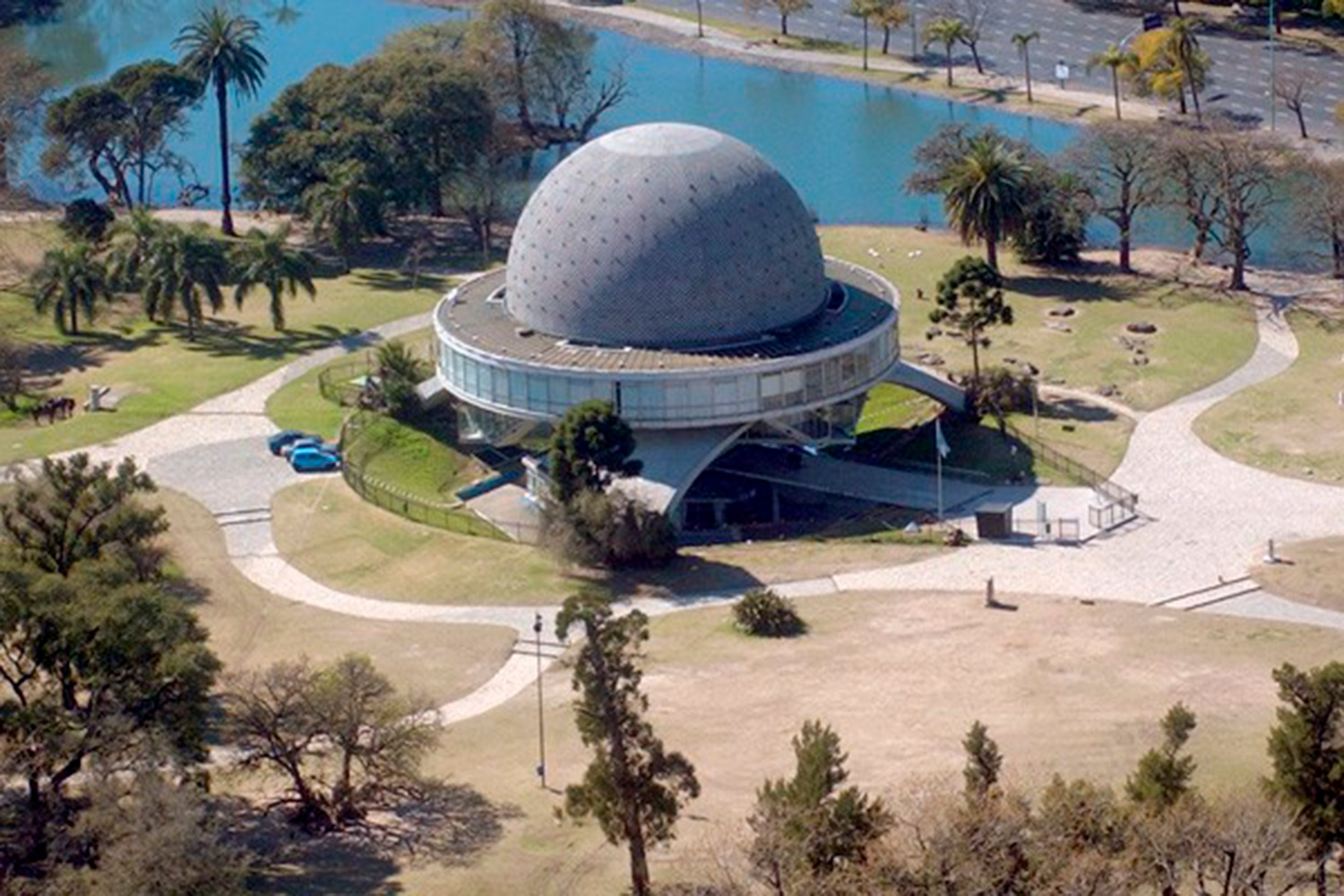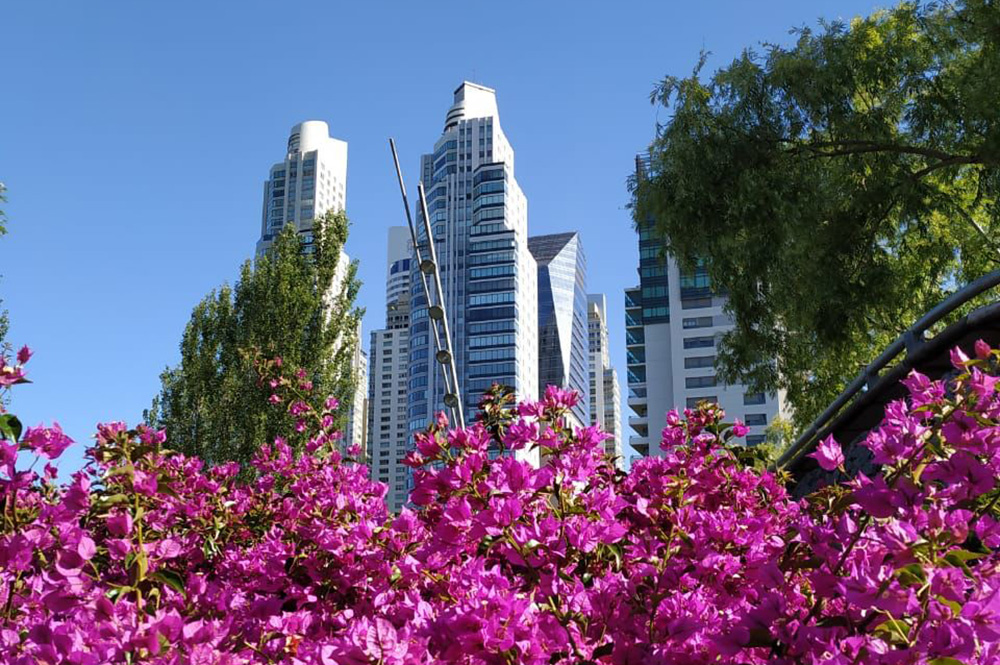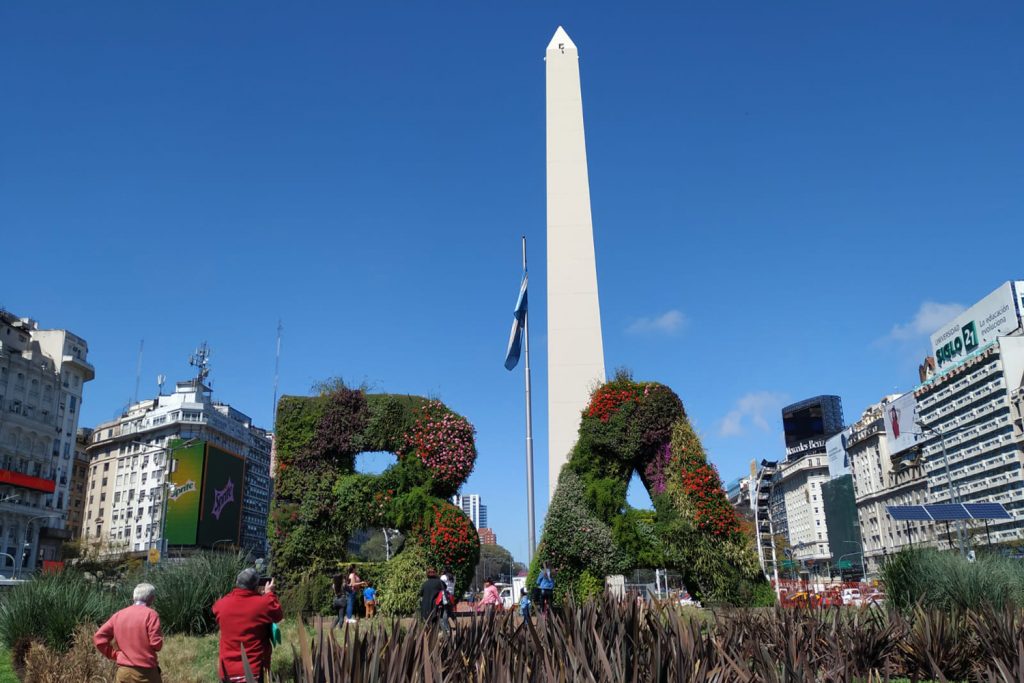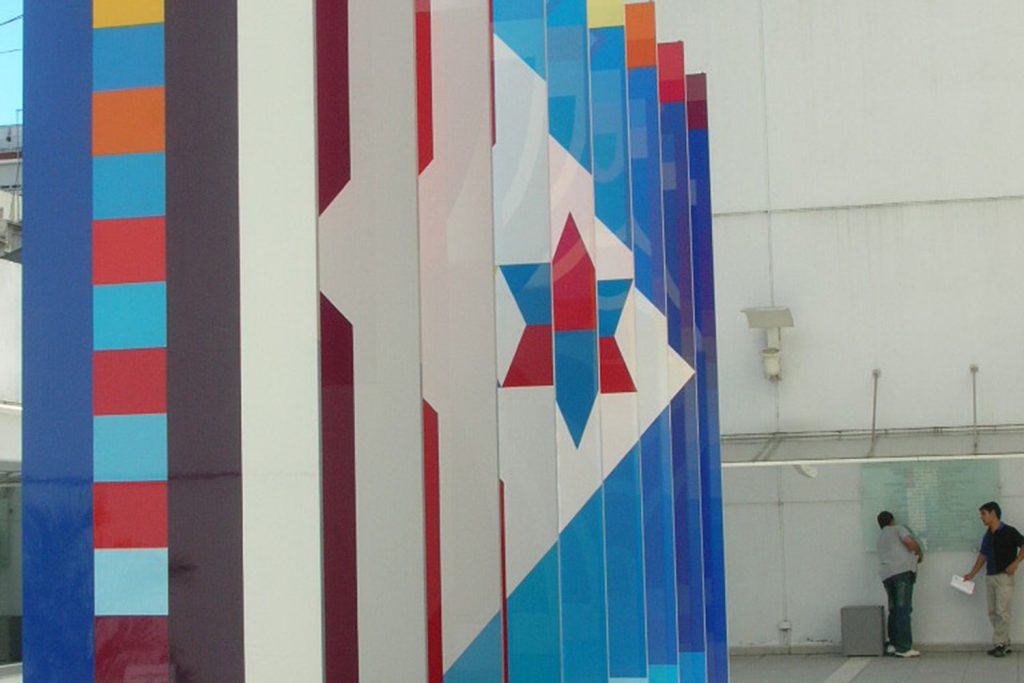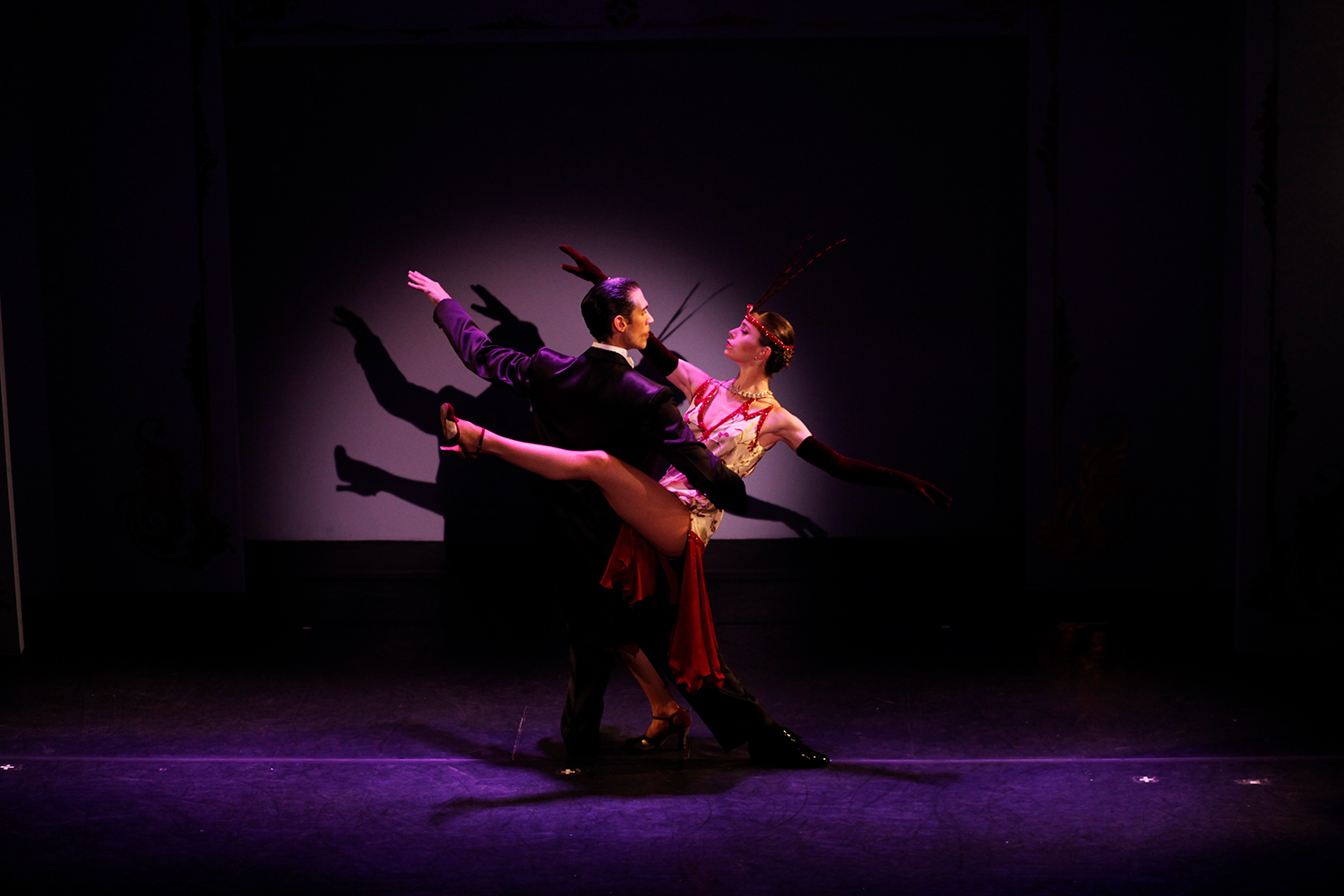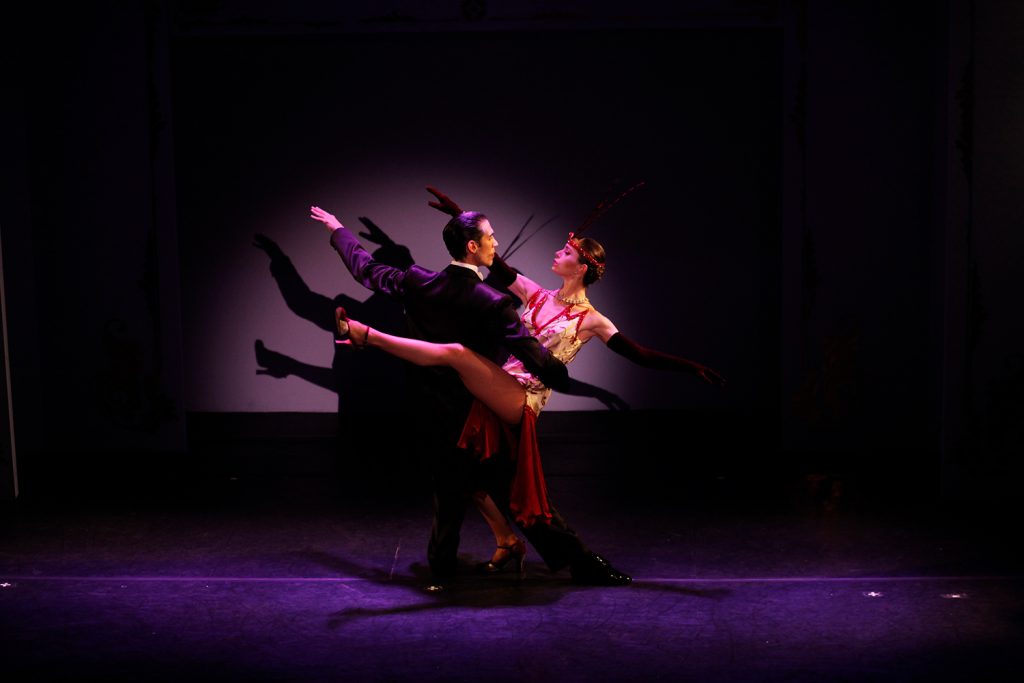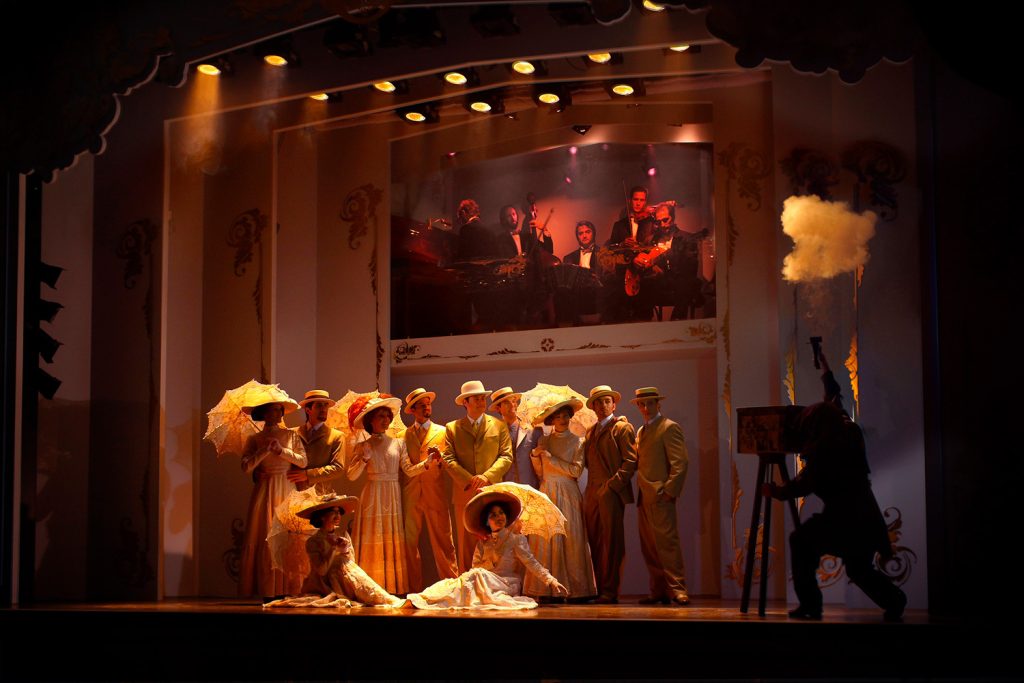Buenos Aires In 3 Days - 10 Best Things to Do and More
In this post, we wanted to share an itinerary that includes 3 days in Buenos Aires. This will give you enough time to see many of the city’s highlights, from well-known museums through to famous sights and spectacular viewpoints.
This itinerary is ideal for a first-time visit to Buenos Aires for someone who wants to see a lot. As well as the day-by-day itinerary, we’re also including lots of helpful information to help you plan your time in the city.
If you only have three days in Buenos Aires, here is a suggested itinerary to make the most of your time:
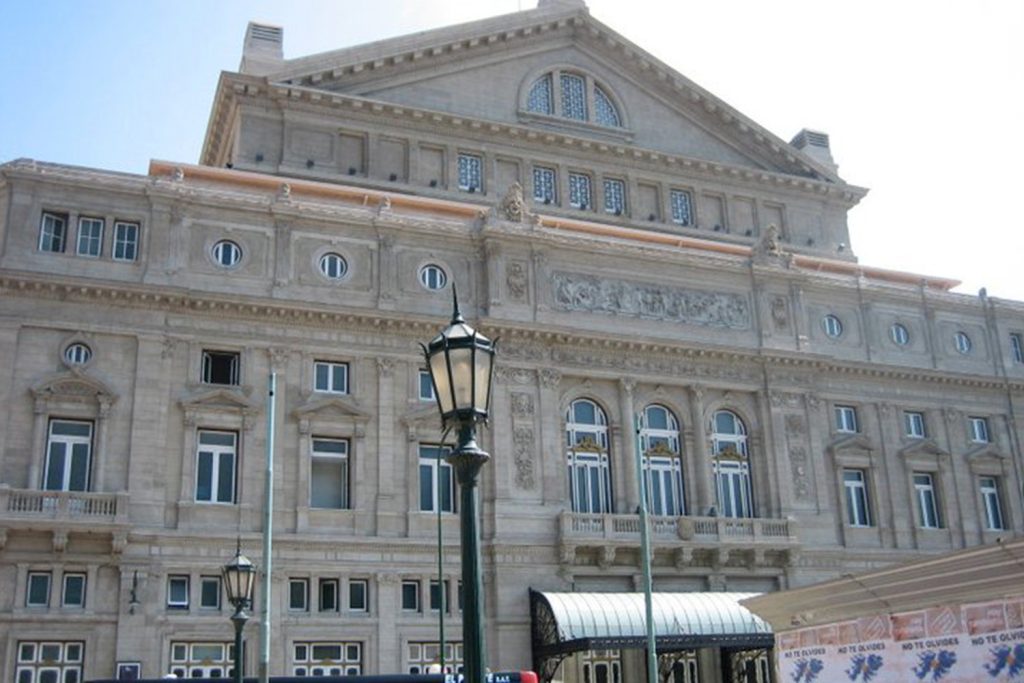
DAY 1:
Morning
Start with a walking tour of the historic San Telmo neighborhood, known for its colonial architecture, cobblestone streets, and antique stores. Visit Mercado de San Telmo, a historic market located in the heart of the San Telmo.
The market is housed in a beautiful building that was designed by architect Juan Antonio Buschiazzo in 1897 and features a striking iron and glass structure. It has been declared a National Historic Monument of Argentina, and it’s a popular tourist attraction for its architecture and the variety of goods sold. Inside the market, visitors can find a wide range of food, drinks, and handmade crafts from local vendors. The market is especially known for its fresh produce, meats, and seafood, as well as traditional Argentine food such as empanadas and choripán.
In addition to the food and craft vendors, there are also several antique shops and boutiques selling vintage and unique items, such as furniture, books, and clothing. The market also hosts a number of cultural events, such as tango shows, live music performances, and art exhibitions.

Afternoon
Head to the colorful La Boca neighborhood and walk along the famous Caminito, a pedestrian street lined with brightly painted houses. Whether you’re interested in the tango, art, or simply soaking up the colorful atmosphere, Caminito is a must-visit destination in the city.
The name “Caminito” means “little path” in Spanish, and the street was originally a small alleyway that ran between two tenement buildings. Today, the street is a pedestrian walkway that is lined with brightly colored houses and shops, creating a striking visual display that has become an iconic symbol of Buenos Aires.
The colorful buildings on Caminito were painted by local artists in the 1950s as a way to brighten up the run-down neighborhood. Today, the street is filled with cafes, restaurants, and souvenir shops selling traditional Argentine handicrafts.
One of the highlights of Caminito is the tango performances that take place on the street. Dancers dressed in traditional tango costumes perform in the open air, accompanied by live music played on accordions and guitars. The performances are a tribute to the district’s history as the birthplace of the tango, and they provide visitors with a unique opportunity to experience this iconic Argentine dance form.
In addition to the tango performances, Caminito is also home to a number of museums and cultural centers that showcase the history and culture of La Boca. The Museo Benito Quinquela Martín is a popular destination for art lovers, featuring works by the famous Argentine painter and La Boca native.
Evening: Attend a tango show: Buenos Aires is the birthplace of tango, and there are many venues throughout the city where you can see live tango performances.
DAY 2:
Morning
Visit the iconic Plaza de Mayo, the political center of the city, and see important government buildings such as the presidential palace, Casa Rosada.
Near Plaza de Mayo is the famous Tortoni Café. It is located in the heart of the city, Cafe Tortoni is one of the oldest and most iconic coffee stores in Buenos Aires. It has been open since 1858 and has welcomed notable guests such as Albert Einstein and Federico Garcia Lorca. Buenos Aires is a city known for its coffee culture, and there are many notable coffee stores throughout the city. The Tortoni Café is one of them.
Take a tour inside the Barolo Building: The Barolo building was completed in 1923 and was designed by the Italian architect Mario Palanti. It was originally intended to be used as a textile factory, but later it was converted into offices and apartments.
Today, the building is a popular tourist destination and visitors can take guided tours to explore its architecture and history. The tours include a visit to the top of the building, where you can enjoy panoramic views of the city.
The building is especially known for its unique design, which is inspired by Dante Alighieri’s Divine Comedy. The building is divided into three sections, representing hell, purgatory, and heaven. The top of the building features a lighthouse, which was originally intended to be a docking station for airships.
Afternoon
Head to the upscale Recoleta neighborhood to visit the Recoleta Cemetery, where famous Argentinians are buried, and the nearby Palais de Glace, a historic cultural center.
Evening: Explore the trendy Palermo Soho, known for its bars, restaurants, and boutique shops.
Booking a complete city tour is a great option, YOU CAN DO THAT HERE.
A private walking tour of Recoleta cemetery LIKE THIS is another popular option.
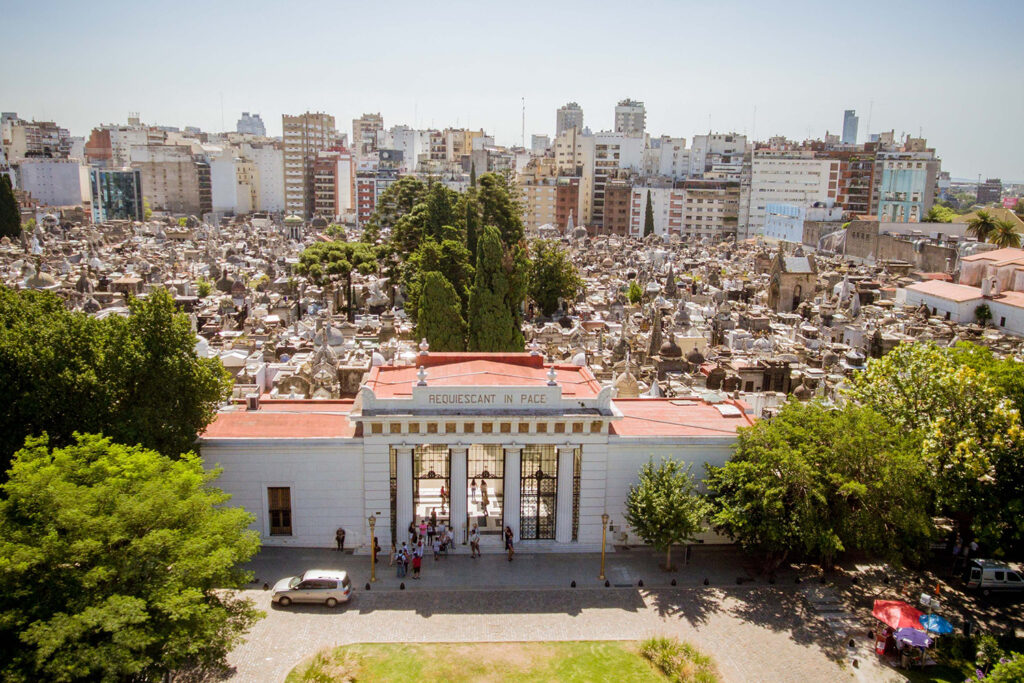
DAY 3:
Morning
Take a guided tour of the Teatro Colón, one of the world’s most famous opera houses.
Afternoon
Visit Palermo, the largest district of Buenos Aires.
Stroll through the winding paths of the Japanese garden in Palermo. It is a serene and tranquil oasis that offers visitors a glimpse into traditional Japanese culture and aesthetics. It is one of the largest Japanese gardens in the world outside of Japan and is a popular destination for both locals and tourists.
Explore the Rose Garden of Palermo: The Rosedal de Palermo, or the Rose Garden of Palermo, is a large park located in the Palermo neighborhood of Buenos Aires. It covers an area of about 3.4 hectares and is home to over 18,000 rose bushes and other flowers, as well as numerous sculptures and monuments.
The park was created in 1912 by the landscape architect Carlos Thays, who also designed many other parks and gardens in Buenos Aires. It was inspired by the traditional English rose gardens and was originally meant to serve as a showcase for the city’s many varieties of roses. Today, the Rose Garden of Palermo is a popular destination for both locals and tourists. The park also features several lakes, fountains, and sculptures, including the Monument to the Magna Carta and the Monument to the Andean Crossing.
Visit a museum: Buenos Aires has a number of world-class museums, including the Museo Nacional de Bellas Artes, the Museo de Arte Latinoamericano de Buenos Aires, and the Museo Evita.
Evening: Enjoy a delicious Argentine steak dinner at one of the city’s many famous steak restaurants on the Riverwalk in Puerto Madero district.
This itinerary provides a good balance of history, culture, and entertainment, while also allowing for some free time to explore and relax. Of course, there are many other attractions and neighborhoods to explore in Buenos Aires, but with only three days, this itinerary provides a great starting point for your visit.
CONTACT US and a local professional guide will create a tailor-made itinerary based on your preferences.
